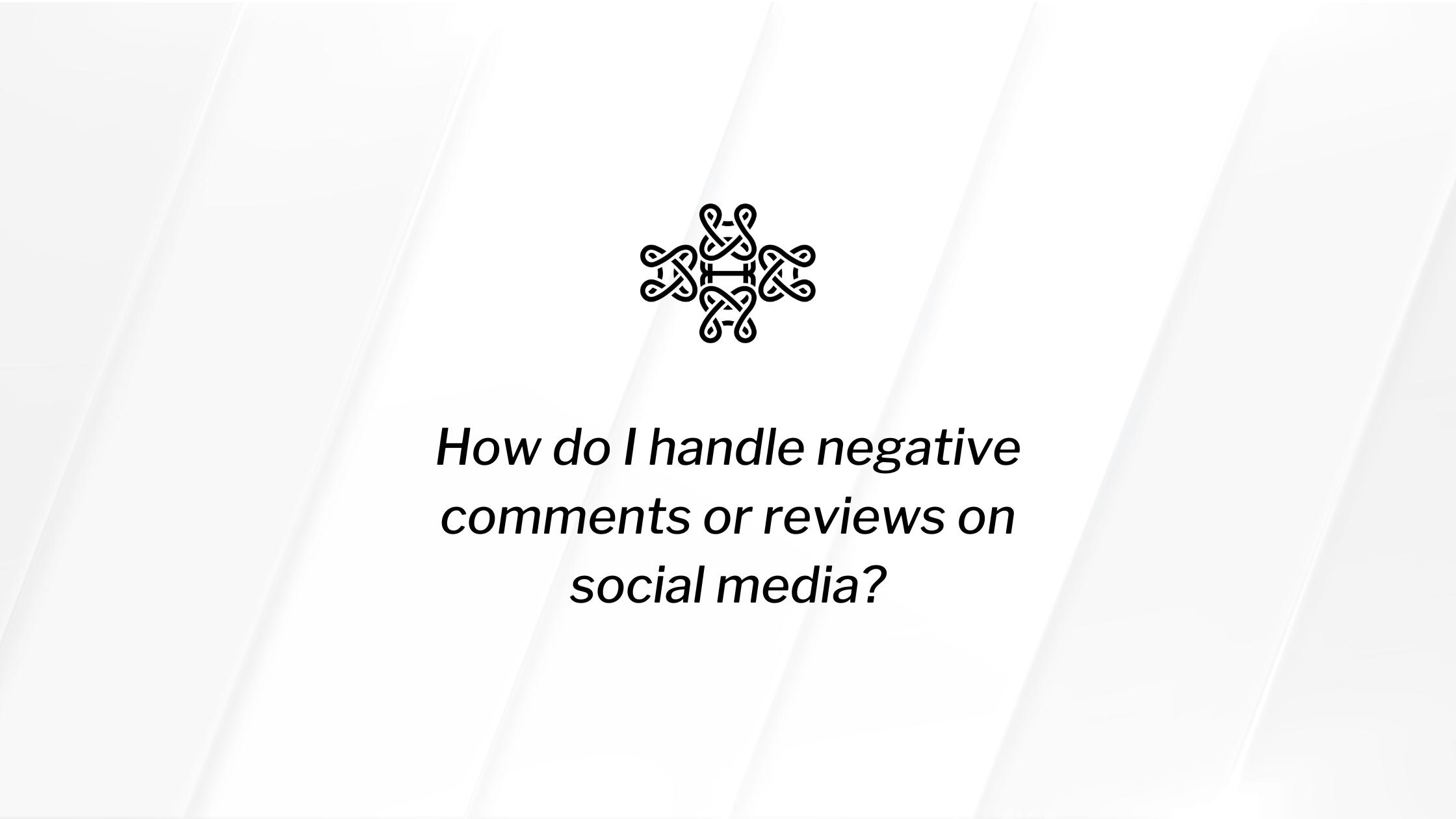How Can I Improve My Website’s Loading Speed?
A fast-loading website is crucial for providing a positive user experience, improving search engine rankings, and boosting conversions. Slow loading times can frustrate visitors and lead to higher bounce rates, negatively impacting your business. Even if you use website builders like Squarespace, Wix, or GoDaddy, which may not offer as much control as WordPress, there are still effective ways to optimize your site’s loading speed. Let’s explore practical steps to enhance your website’s performance.
Why Website Loading Speed Matters
1. User Experience
A fast website ensures that visitors can access your content quickly and efficiently. Slow loading times can frustrate users, leading them to abandon your site and seek information elsewhere.
Benefits:
Reduced Bounce Rates: Faster load times keep users engaged and reduce the likelihood of them leaving your site immediately.
Increased Engagement: Quick access to content encourages users to explore more pages and interact with your site.
2. Search Engine Rankings
Search engines like Google use page speed as a ranking factor. Faster websites are more likely to rank higher in search engine results, driving more organic traffic to your site.
Benefits:
Improved SEO: Enhanced load times can boost your search engine rankings.
Higher Visibility: Better rankings increase your site’s visibility to potential visitors.
3. Conversion Rates
A fast website can significantly improve your conversion rates. Whether it’s making a purchase, signing up for a newsletter, or filling out a contact form, users are more likely to complete actions on a fast-loading site.
Benefits:
Higher Sales: Faster load times can lead to more purchases and completed transactions.
Better User Satisfaction: Satisfied users are more likely to convert and return to your site.
Tips to Improve Your Website’s Loading Speed
1. Optimize Images
Large image files can significantly slow down your website. Optimizing images reduces their file size without compromising quality.
Tips:
Use Compression Tools: Tools like TinyPNG or ImageOptim can compress images before uploading them to your site.
Choose the Right Format: Use JPEG for photos and PNG for graphics with transparent backgrounds.
Resize Images: Ensure images are appropriately sized for their display dimensions on your site.
2. Leverage Browser Caching
Browser caching stores static files from your site on visitors’ browsers, reducing the need to reload the entire page on subsequent visits.
Tips:
Set Cache Expiration: Use your website builder’s settings or a third-party tool to set cache expiration times for different file types.
Leverage Content Delivery Networks (CDNs): CDNs like Cloudflare or Akamai store copies of your site’s files on multiple servers worldwide, speeding up load times for global visitors.
3. Minimize HTTP Requests
Each element on your page, such as images, scripts, and stylesheets, requires a separate HTTP request. Reducing these requests can speed up your site.
Tips:
Combine Files: Merge CSS and JavaScript files to reduce the number of requests.
Remove Unnecessary Plugins: Disable or remove plugins that add unnecessary scripts to your site.
Use Inline CSS: For small CSS rules, consider using inline styles to eliminate the need for external files.
4. Enable Gzip Compression
Gzip compression reduces the size of your HTML, CSS, and JavaScript files, making them faster to load.
Tips:
Check with Your Provider: Most website builders like Squarespace, Wix, and GoDaddy automatically enable Gzip compression.
Verify Compression: Use online tools like Gzip Compression Test to ensure it’s enabled on your site.
5. Optimize Your Website Builder Settings
Even if you’re using a platform with limited control, such as Squarespace, Wix, or GoDaddy, you can still make adjustments to improve speed.
Tips:
Choose a Fast Theme: Select a theme or template optimized for speed and performance.
Limit Widgets and Apps: Avoid using too many third-party widgets or apps that can slow down your site.
Enable Performance Features: Check for built-in performance features in your website builder’s settings, such as lazy loading or asynchronous loading of scripts.
6. Monitor and Optimize Plugins
If you’re using plugins or extensions, ensure they are optimized and do not negatively impact your site’s performance.
Tips:
Update Regularly: Keep all plugins and extensions updated to the latest versions.
Deactivate Unused Plugins: Disable or remove plugins that you’re not actively using.
Choose Lightweight Plugins: Opt for plugins known for their performance and efficiency.
7. Use a Fast Web Hosting Provider
Your hosting provider plays a significant role in your website’s loading speed. Ensure you’re using a reliable and fast web hosting service.
Tips:
Upgrade Your Plan: If you’re experiencing slow load times, consider upgrading to a higher-tier plan with better performance.
Choose a Reputable Provider: Opt for hosting providers known for their speed and reliability.
8. Regularly Test Your Website’s Speed
Regularly testing your website’s speed helps you identify issues and track improvements.
Tools:
Google PageSpeed Insights: Provides insights and suggestions for improving your site’s performance.
GTmetrix: Analyzes your site’s speed and provides detailed reports and recommendations.
Pingdom: Offers speed testing and performance monitoring for your website.
Conclusion
Improving your website’s loading speed is essential for providing a positive user experience, enhancing search engine rankings, and boosting conversions. Even if you’re using website builders like Squarespace, Wix, or GoDaddy, there are several steps you can take to optimize your site’s performance.
By optimizing images, leveraging browser caching, minimizing HTTP requests, enabling Gzip compression, and optimizing your website builder settings, you can significantly enhance your site’s loading speed. Regularly test your website’s performance and make continuous improvements to ensure a fast, efficient, and user-friendly website.
Ready to improve your website’s loading speed? Start implementing these tips today and watch your engagement, search rankings, and conversions soar!










User experience (UX) is a crucial aspect of web design and digital interaction that can significantly impact the success of your business. A well-crafted UX can lead to higher user satisfaction, increased engagement, and improved conversion rates. But what exactly is UX, and why is it so important? Let’s explore the fundamentals of user experience and understand its significance in the digital landscape.